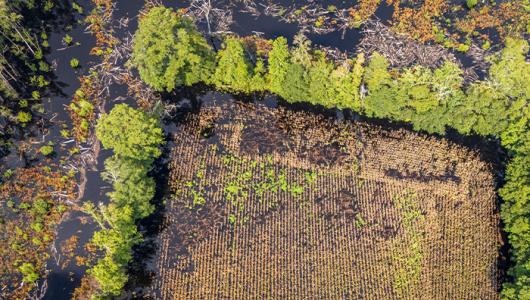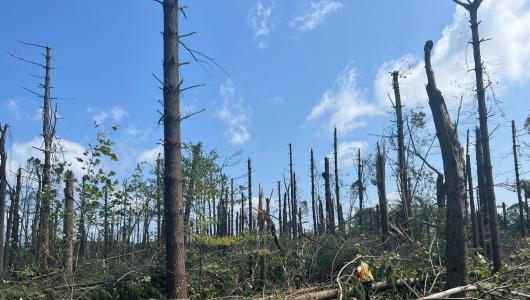Agriculture is a risky business. USDA is here to help you prepare for and recover from the impacts of natural disasters and market volatility. USDA provides a suite of disaster assistance programs to help offset losses as well as crop insurance and other coverage options to help manage risk and provide a safety net. USDA’s Farm Service Agency, Natural Resources Conservation Service, and Risk Management Agency offers a number of options.
You can secure federal crop insurance through a crop insurance agent. For the other programs, you should contact your local USDA Service Center for information on how you can sign up or receive assistance.
On This Page
Discover Disaster Assistance Programs
Did you recently suffer loss or damage due to a natural disaster? Learn about USDA disaster assistance programs that might be right for you by completing five simple steps.
Resources
Visit the USDA Disaster Resource Center for information about specific disasters and emergencies and to connect with state and local help. Learn more about USDA disaster assistance programs for farmers, ranchers, and forest landowners below.
- Disaster Assistance Programs Brochure
- Kev Pab Kev Puas Tsuaj Programs Rau Ntawm Ib Lub Kas Tham Ntim (Disaster Assistance Programs Brochure in Hmong)
- 재난지원프로그램요약 (Disaster Assistance Programs Brochure in Korean)
- ਿਬਪਤਾ ਸਹਾਇਤਾ ਪੋ ਗਰਾਮ 'ਤੇ ਇੱ ਕ ਨਜ਼ਰ (Disaster Assistance Programs Brochure in Punjabi)
- Un Vistazo A Los Programas De Asistencia Por Desastre (Disaster Assistance Programs Brochure in Spanish)
- Sơ Lược Chương Trình Hỗ Trợ Thảm Họa (Disaster Assistance Programs Brochure in Vietnamese)
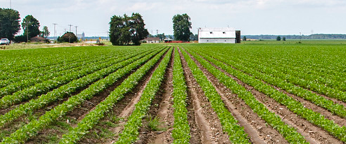
Agriculture Risk Coverage and Price Loss Coverage
Agriculture Risk Coverage (ARC) and Price Loss Coverage (PLC) programs provide income support to farmers from substantial drops in crop prices or revenues and are vital economic safety net programs for most American farms.
Dairy Margin Coverage
Dairy Margin Coverage (DMC) program is a voluntary program that provides dairy operations with risk management coverage that pays producers when the difference (the margin) between the national price of milk and the average cost of feed falls below a certain level selected by the program participants.
Noninsured Crop Disaster Assistance Program
The Noninsured Crop Disaster Assistance Program (NAP) helps producers to manage risk through coverage for both crop losses and crop planting that was prevented due to natural disasters. The eligible or “noninsured” crops include agricultural commodities not covered by federal crop insurance.
Producers must be enrolled in the program and have purchased coverage for the eligible crop in the crop year in which the loss incurred to receive program benefits following a qualifying natural disaster.
Crop Insurance
USDA provides crop insurance for producers through the Federal Crop Insurance Corporation. The Federal crop insurance program is designed to provide a robust and reliable farm safety net, regardless of the size and scope of natural disasters.
USDA’s Risk Management Agency works closely with Approved Insurance Providers, who sell and service the policies that producers purchase, to ensure efficient loss adjustment and prompt claims payments, even in times of major disasters. Visit USDA Risk Management Agency’s website for crop insurance information and use the Agent Locator to find a crop insurance agent near you.
USDA also offers crop insurance coverage for prevented planting. Learn more about resources available for prevented or delayed planting.
Helping Farmers Address Global Food Insecurity
USDA is adding program flexibilities, expanding options and assistance, and investing in fertilizer to help farmers address inflation and global food insecurity.
Recovery
If natural disasters do impact agricultural operations, USDA offers a number of programs to help producers recover losses and rebuild.
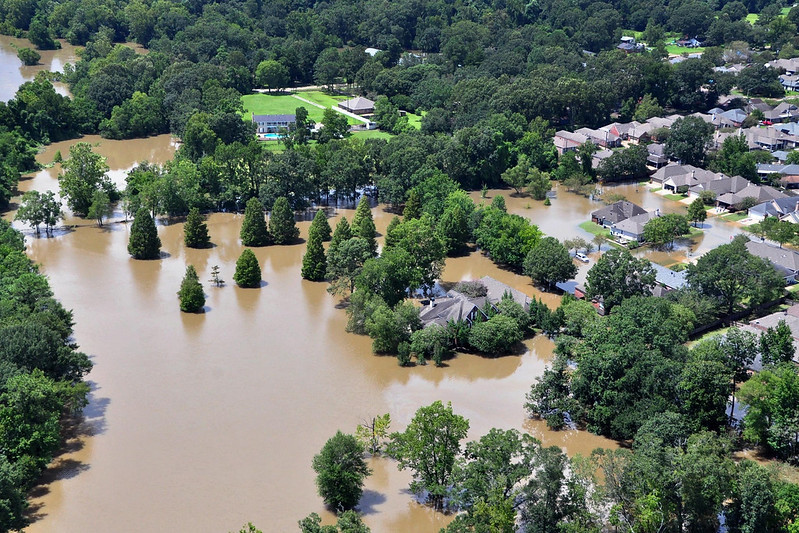
Crops and Plants
Consider options to prepare for and recover from losses of crops, trees, bushes, and vines.
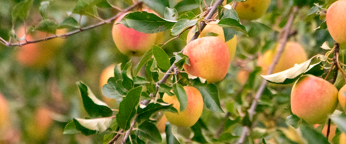
Tree Assistance Program
The Tree Assistance Program (TAP) helps orchardists and nursery tree growers replant or rehabilitate eligible trees, bushes, and vines damaged by natural disasters and eligible plant disease.
Animals and Livestock
Find financial assistance for livestock, honeybees, and farm-raised fish losses due to qualifying natural disasters and events.
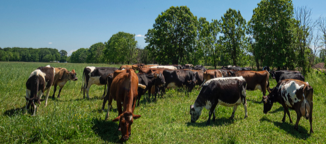
Emergency Assistance for Livestock, Honeybees, and Farm-Raised Fish
The Emergency Assistance for Livestock, Honeybees, and Farm-raised Fish Program (ELAP) provides financial assistance to eligible producers for livestock, honeybee, and farm-raised fish losses – such as death, feed, grazing, and associated transportation costs – due to disease and certain adverse weather events or loss conditions. The program addresses losses not covered by other USDA disaster assistance programs.
Emergency Livestock Relief Program
Livestock producers who have approved applications through the 2021 Livestock Forage Disaster Program for forage losses due to severe drought or wildfire received emergency relief payments to compensate for increases in supplemental feed costs through the Farm Service Agency’s new Emergency Livestock Relief Program (ELRP).
Livestock Forage Disaster Program
The Livestock Forage Disaster Program (LFP) provides compensation to eligible livestock producers who have suffered grazing losses on land that is native or improved pastureland with permanent vegetative cover or is planted specifically for grazing. The grazing losses must be due to a qualifying drought condition or fire on federally-managed land during the normal grazing period for a county.
Livestock Indemnity Program
The Livestock Indemnity Program (LIP) provides benefits to livestock owners and contract growers who experience livestock deaths in excess of normal mortality caused by specific adverse weather, disease, or animal attacks.
Producers can use the LIP Decision Tool to help them gather information and documents they will need to apply for the program. The LIP Decision Tool was developed in partnership with Farm Raise.
Conservation
Find assistance to repair damages caused by natural disasters such as severe erosion, debris-clogged waterways, downed timber, damaged or destroyed farm structures, repeat flooding, or emergency measures to cope with severe drought.

Conservation Reserve Program – Emergency Haying and Grazing
The Conservation Reserve Program (CRP) enables producers to enter into 10-15 year contracts for agreeing to remove environmentally sensitive land from agricultural production and to plant species that improve environmental health and quality. While not established specifically for disaster response, emergency haying and grazing may be allowed by USDA Farm Service Agency to provide relief to livestock producers in areas affected by a severe drought or similar natural disaster.
Learn more about Emergency Haying and Grazing
Emergency Conservation Program
The Emergency Conservation Program (ECP) provides funding for farmers and ranchers to rehabilitate farmland, replace or repair fences damaged by natural disasters and to carry out emergency water conservation measures during periods of severe drought.
Emergency Forest Restoration Program
The Emergency Forest Restoration Program (EFRP) offers financial payments to eligible private forest landowners who restore forests damaged by natural disasters or insect and disease infestations.
Environmental Quality Incentives Program
The Environmental Quality Incentives Program (EQIP) provides agricultural producers with financial resources and one-on-one help to plan and implement improvements on the land. While not established specifically for disaster response, the program can assist with immediate recovery needs and provide long-term support to help conserve water resources, reduce wind erosion on drought-impacted fields, improve livestock access to water, recover from natural disasters like wildfires, and more.
Emergency Watershed Protection Program
The Emergency Watershed Protection (EWP) Program – with recovery and floodplain easement options – provides personalized advice and financial assistance to relieve imminent threats to life and property caused by floods, fires, windstorms, and other natural disasters that impair a watershed.
Agricultural Conservation Easement Program – Wetland Reserve Easement
The Agricultural Conservation Easement Program (ACEP)– Wetland Reserve Easement provides management flexibility to producers affected by drought by offering haying or grazing of easement areas where the activity is consistent with conservation of wildlife habitat and wetlands. The Wetland Reserve Easement is a voluntary program that purchases easements from landowners in exchange for their commitment to maintain areas as wetlands.
Price Support
There are many helpful agricultural programs focused on producer needs related to market losses.
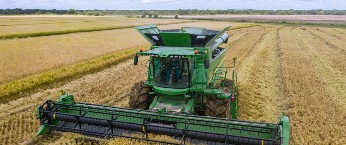
Dairy Indemnity Payment Program
The Dairy Indemnity Payment Program (DIPP) provides payments to dairy producers when a public regulatory agency directs them to remove their raw milk from the commercial market because it has been contaminated by pesticides and other residues.
Loan Deficiency Payments
Loan Deficiency Payments (LDPs) are payments made to producers who, although eligible to obtain a CCC loan, agree to forgo the loan in return for a payment on the eligible commodity.
Reimbursable Transportation Cost Program
The Reimbursement Transportation Cost Payment Program (RTCP) for geographically disadvantaged farmers and ranchers reimburses geographically disadvantaged producers with a portion of the cost to transport agricultural commodities or inputs used to produce an agricultural commodity.
Emergency Assistance
Find additional USDA disaster assistance options for farmers, ranchers, foresters, and other producers who are currently enrolled in USDA Farm Service Agency and Natural Resources Conservation Service programs.
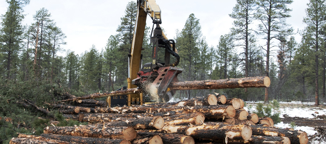
Emergency Loan Program
The Emergency Loan Program provides loans to help producers recover from production and physical losses due to drought, flooding, other natural disasters, or quarantine. Loans can help producers replace essential property, purchase inputs like livestock, equipment, feed and seed, cover family living expenses or refinance farm-related debts and other needs.
Secretarial natural disaster designations allow FSA to extend much-needed emergency credit to producers recovering from natural disasters through emergency loans.
Learn more about Emergency Farm Loans
Emergency Relief Program
To help agricultural producers offset the impacts of natural disasters in 2020 and 2021, Congress included emergency relief funding in the Extending Government Funding and Delivering Emergency Assistance Act (P.L. 117-43).
Learn more about Emergency Relief Program
Disaster Set-Aside Program
The Disaster Set-Aside Program applies specifically to producers who have existing direct loans with the USDA Farm Service Agency and need to “set-aside” scheduled payments temporarily due to designated natural disasters.
Helping Farmers Address Per- and Polyfluoroalkyl Substances (PFAS)
USDA is working with the Environmental Protection Agency (EPA) and other agencies across the government to develop science-based tools, guidance, and information that you can use, whether your operations have been impacted by per- and polyfluoroalkyl substances (PFAS), you’re looking to prevent exposure, or you just want to stay informed.
Find Your Local Service Center
Los Centros de Servicio de USDA son lugares donde usted podrá contactarse con la Agencia de Servicios Agrícolas (FSA), el Servicio de Conservación de Recursos Naturales (NRCS), o empleados de Desarrollo Rural para discutir las necesidades de su negocio. Ingrese el estado y condado donde vive en el buscador para encontrar el Centro de Servicio más cercano y las oficinas de las agencias mencionadas. Si este buscador no funciona en su navegador web, por favor visite la página offices.usda.gov
Visite la página web de la Agencia de Gestión de Riesgos (RMA) para encontrar una oficina regional o de cumplimiento o para encontrar al agente de seguros más cercano.
Para obtener material traducido en español, revise nuestra página web de Traducciones, busque su centro de servicio local o informe a un empleado.

